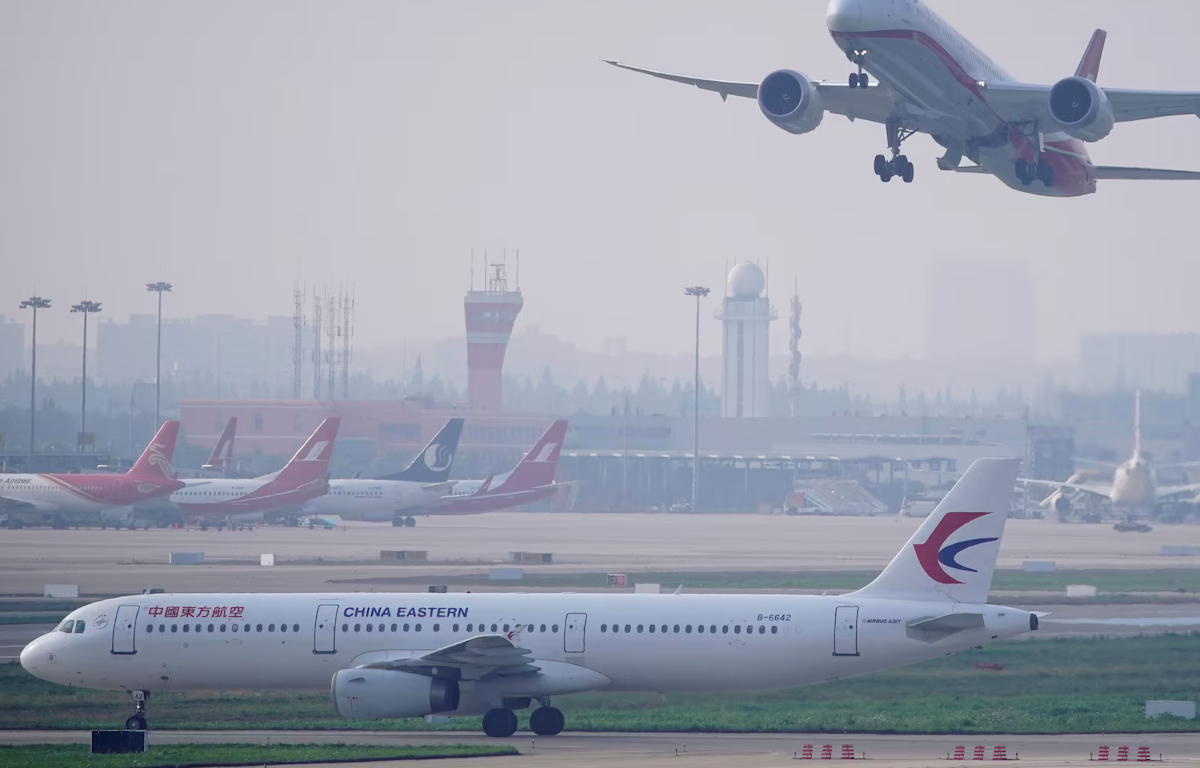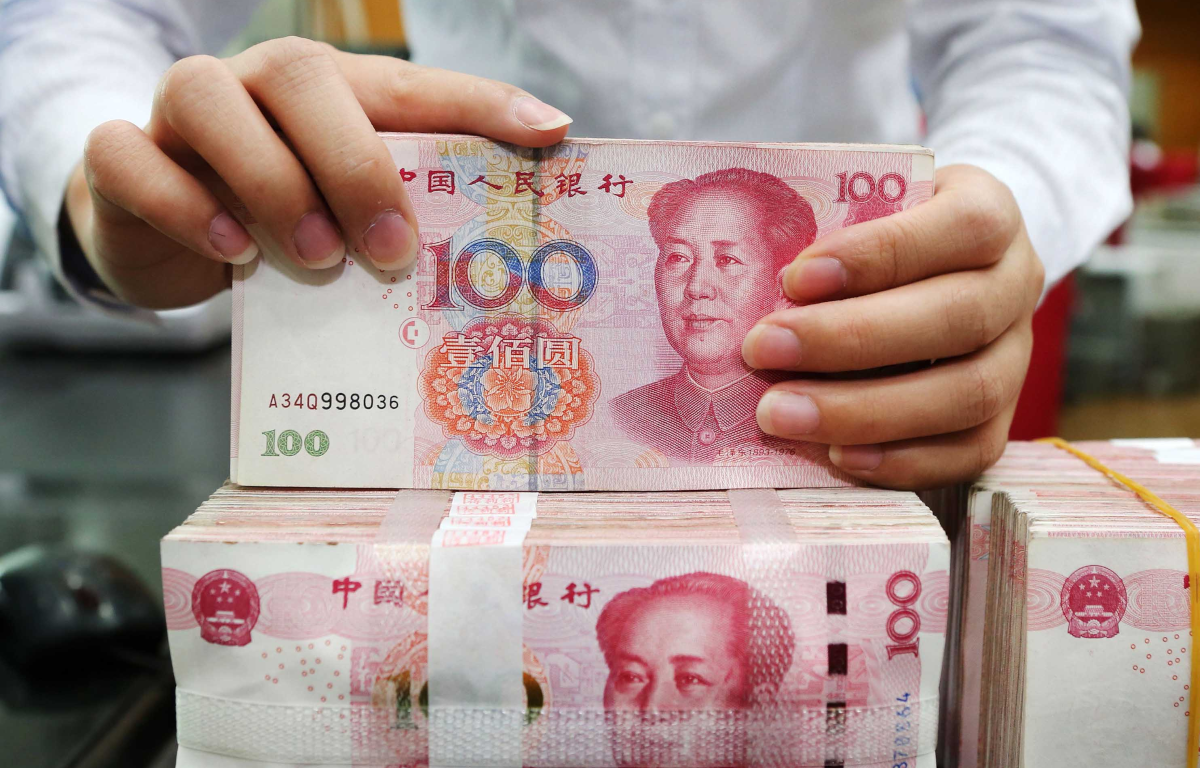
China’s hidden debt primarily refers to debts incurred by local governments and their financing vehicles, known as Local Government Financing Vehicles (LGFVs), which are not explicitly included in the official government debt figures. These local debts have grown significantly due to the infrastructure and urbanization projects that have been the driving force behind China’s rapid development.
One of the primary concerns surrounding China’s hidden debt is the lack of transparency. These debts are often off the balance sheet, making it difficult to ascertain the true extent of the problem. This opacity can lead to uncertainty and market instability. Additionally, the hidden debt has been growing at an alarming rate. Some estimates put it at around $10 trillion, which is a substantial figure, even for an economy as large as China’s. This rapid accumulation raises questions about its sustainability.
Furthermore, a large hidden debt burden can potentially destabilize China’s economy. It can strain the country’s financial system, impacting banks and shadow banking sectors, and potentially leading to a financial crisis. Given China’s role in the global economy, any financial crisis within the country could have far-reaching consequences. It could disrupt global supply chains, impact international investments in China, and even lead to a ripple effect in global financial markets.
Addressing hidden debt could necessitate a tightening of fiscal policies, which might lead to a slowdown in China’s economic growth. This could, in turn, affect global trade and investment. If hidden debts are suddenly revealed or lead to defaults, it could spark a crisis of confidence in China’s financial markets, leading to a domino effect in global markets. Given China’s prominent role in global supply chains and its interconnectedness with economies worldwide, any significant economic disruption in China would have repercussions on a global scale.










Share this: